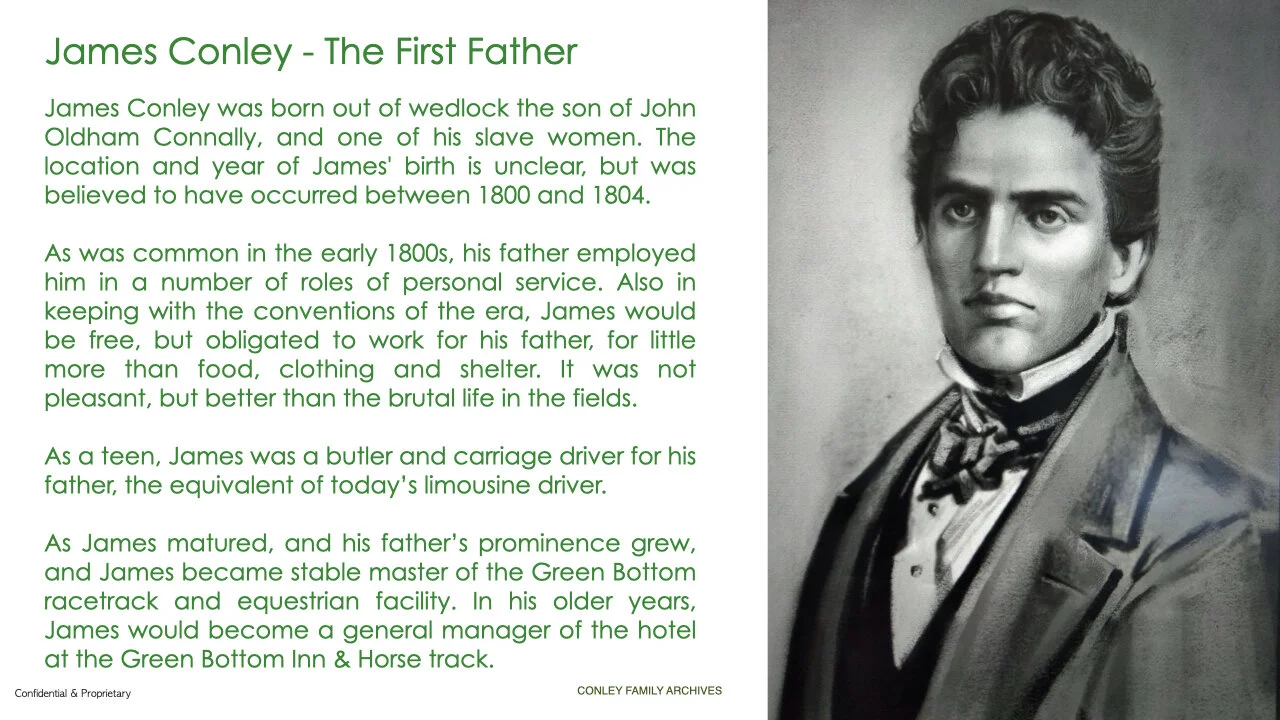ORIGINS OF THE EQUESTRIAN LEGACY
By the time the amazing Leonid meteor shower recalled as “The Night the Stars Fell on Alabama” occurred during an equestrian event at the nearby Pulaski Pike Track on On November 12, 1833, equestrian events were the center of social life in Huntsville. Every kind of sporting event and horse event imaginable, took place at the Green Bottom week after week. Huntsville became one of handful of Sporting Event capitals in the new United States during the Antebellum era from 1815 until the Civil War began in 1860.
The first Connallys arrived and began building the Green Bottom Inn resort complex, which opened in 1815, then quickly expanded to include Green Bottom Tavern, Green Bottom Equestrian Sporting Center, and eventually, the Green Bottom Jockey Club. By 1819, it was the most popular hotel in the state, and John Connally stood atop a growing equine empire of breeding, boarding, and racing.
As the Alabama Territory prepared for statehood in 1819, a raft of important people arrived from nearby states and Washington DC to draft a state constitution. The creation of a new state was a big deal, and gave one group or another a two vote margin in the new, chaotic U.S. Senate. When the triumphant and wildly popular General Andrew Jackson arrived in town, it was at Green Bottom that he would lead mounted fox hunts, con fights, and race his steads to the cheers of his many fans. The Green Bottom Stables, run by Connally’s illegitimate son James, were so well managed that stalls would garner higher prices for boarding horses than those charged for rooms for guests themselves.
At leftt, the United States in the early years of the Conley Family Sporting history. Far right, Paschal Conley Sr., the pivotal figure in the continuation of the tradition.
The Sporting Life.
From 1800 until 1900, the Sporting Life meant one thing: Horse and Hounds. All sports revolved around the equestrian pursuits, with sports an the exclusive province of the newly rich from The Industrial Revolution, and the leisure class drown from the descendants of agrarian wealth.
Old Green Bottom secured a prominent role as one U.S. President after another chose to vacation there until Abraham Lincoln was elected without much interest in the Sporting Life. He wasn’t a Sportsman or a Soldier, but what call today, a policy wonk, immersed in the legal details of governing.
The first race track was built at Green Bottom by indentured servants who were Europeans and mixed race children of John Oldham Connally and those of his brothers, from 1816 until 1819. The predecessors to modern steeple chase and combined driving became popular events. Fox chase with its uniforms and bugle horns was an Angophile’s dream come true. Shooting sports would be introduced at the end of Green Bottom’s run as a top resort in 1845.
For the Conley Family, it felt like a cross between the rugged settlers’ experience of Yellowstone’s 1883 and the drama of tv’s Downton Abbey.
James Conley, Carriage Driver, Equerry, and Stablemaster for the Green Bottom Inn & Equestrian Center was the beginning for the Conley Family equestrian legacy. He managed the construction of the stables, and subsequently their overall maintenance. As stable master, he also was responsible for the appearance of the vast horse facility, which in the era following the War of 1812 including substantial landscaping, flower arrangements, shrubbery, and painted signage. Most significantly, James held responsibility for the boarding of the horses for the Green Bottom’s notable guests, including training, feeding, shoeing, Lastly, he was responsible for the stable’s expense accounts and payroll.
All of these tasks and responsibilities for which James was responsible would be assigned to his sons: Washington, Felix, James, John, Paschal, William and Hamilton. Upon the death of James’ father, John Oldham Connally, the sons would deploy their extensive training and quality craftsmanship in a series of small business which provided the broader family with prosperity for generations.
Trained as a carriage driver, by his father John Oldham Connally, James adopted the name of his son-in-law, Green Conley, who married his daughter and eldest child Harriet. Upon John Oldham’s death, The sons of James Coney would follow their brother-in-law Green into the business of building stables, barns, and equestrian facilities with great success. Washington was a builder. Felix painted signage and printed racing programs. William focused on carpentry, woodworking, and construction. James became a metalsmith. John was a wheelwright and carriage maker. Hamilton managing groundskeeping and logging. Paschal Sr. managed livery operations and demonstrated considerable skill with overall management. But, it was the descendants of Paschal Conley who would extend the family’s equestrian tradition, and eventually reach extraordinary heights.













